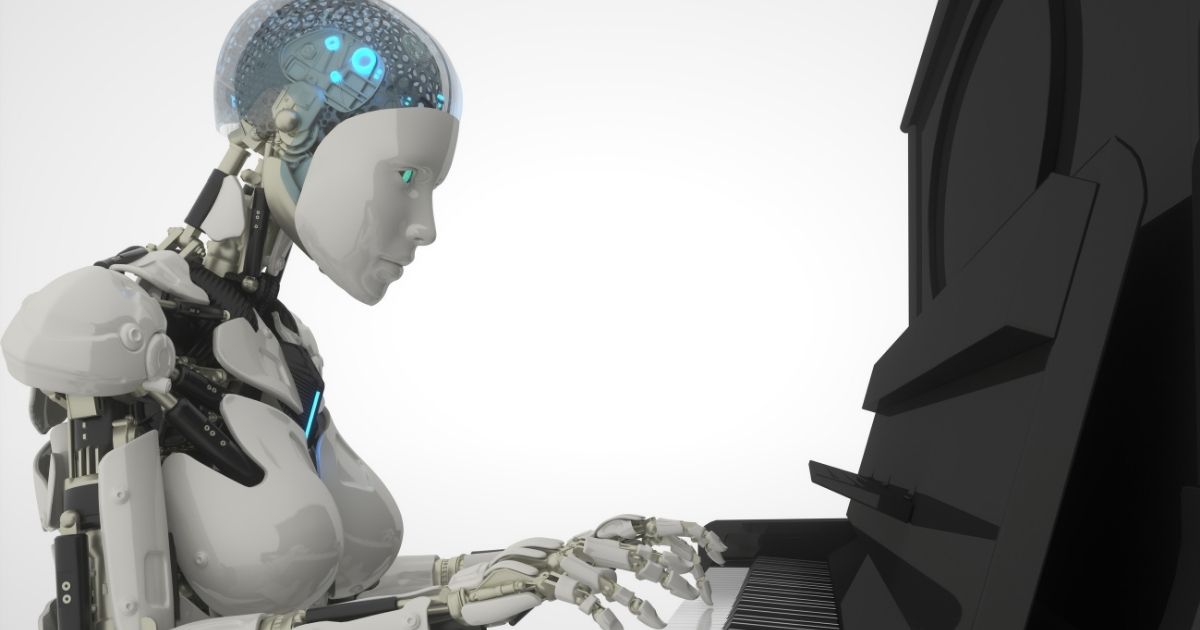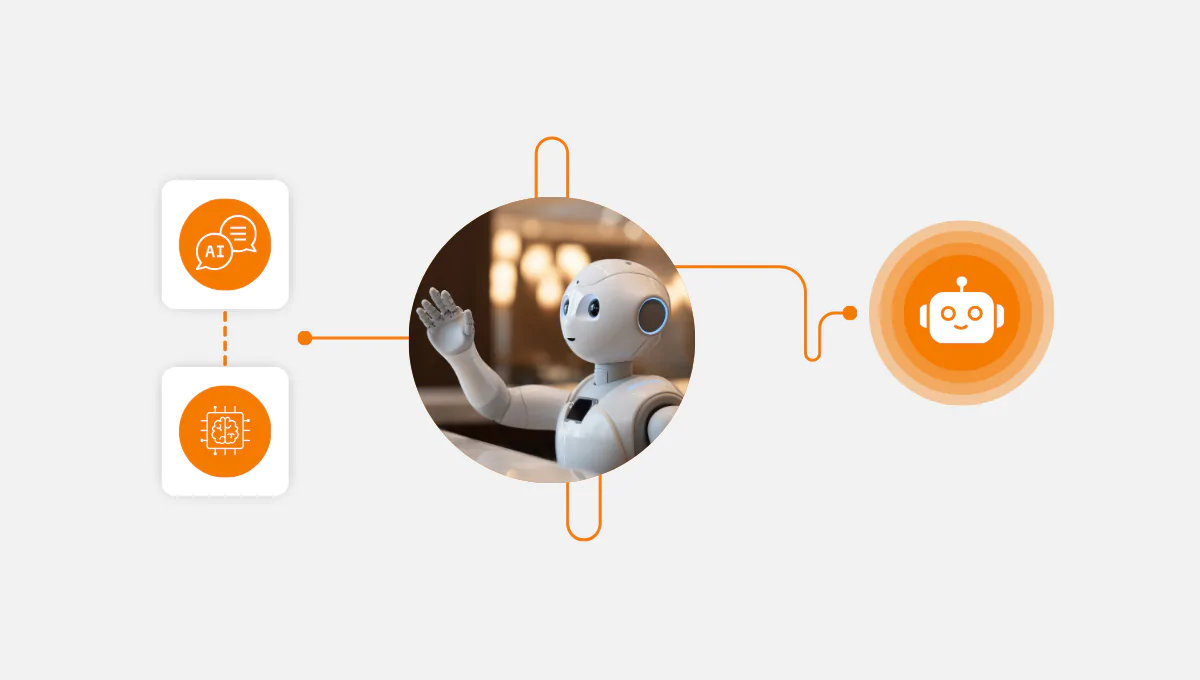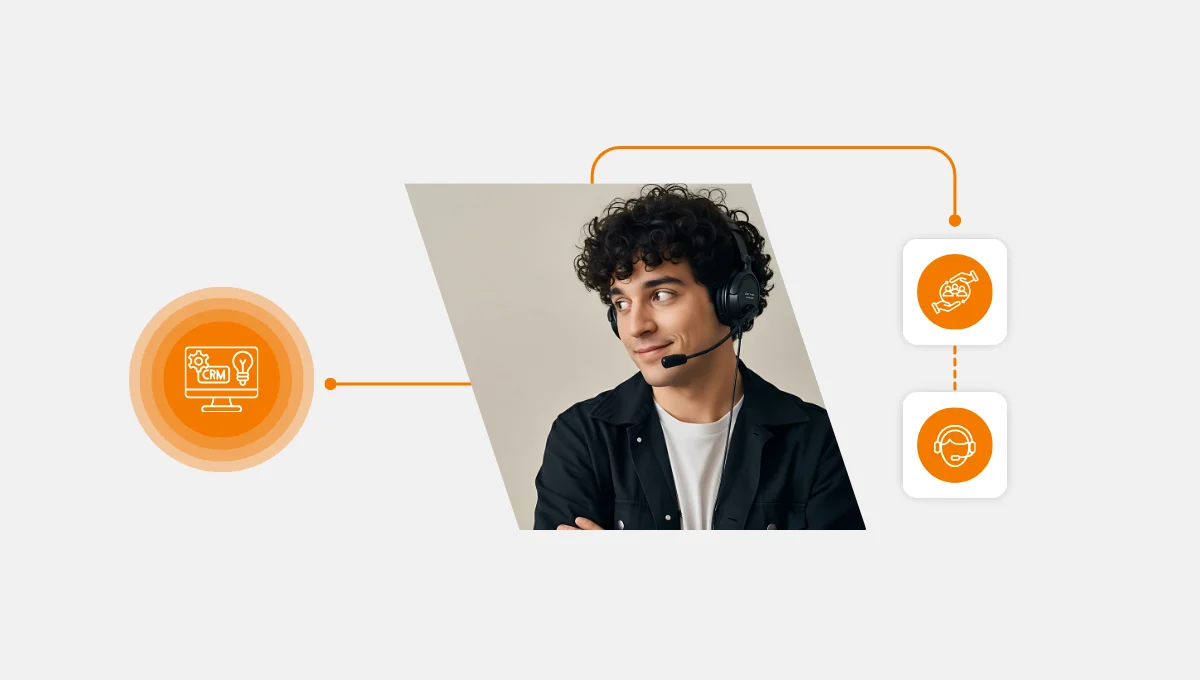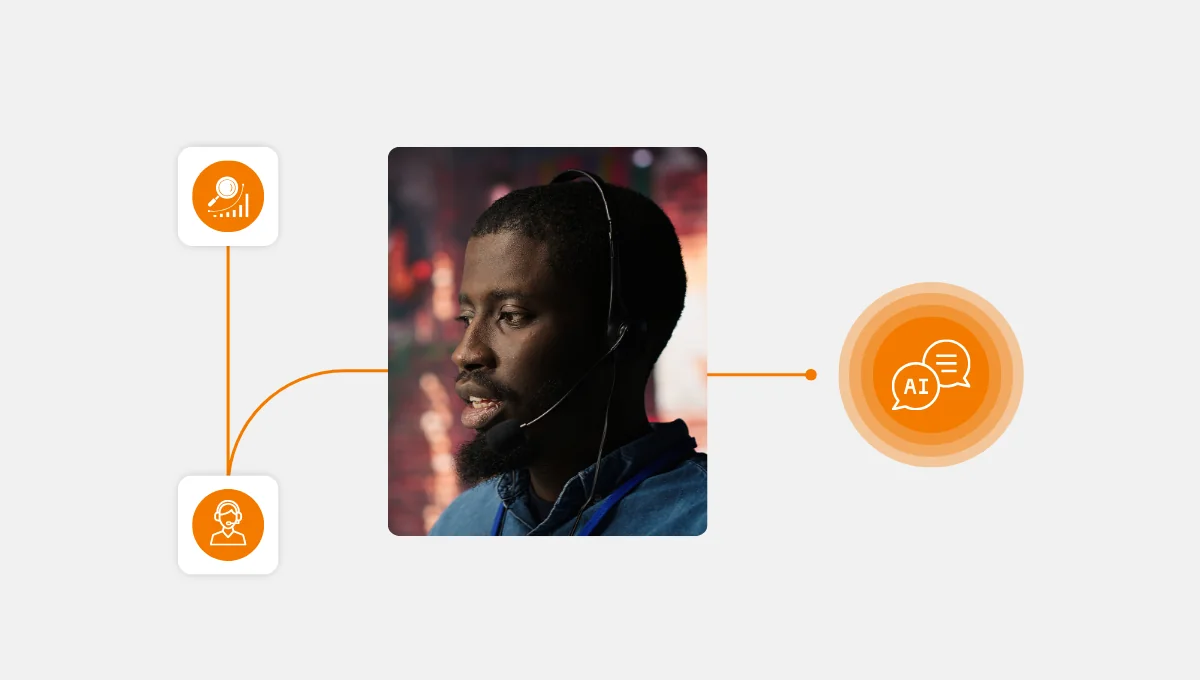People want instant customer support, and frankly, who can blame them?
Consider these:
✔️62% of consumers prefer to use a customer service bot rather than wait for a human agent.
✔️By 2027, chatbots will become the primary customer service channel for roughly a quarter of organizations.
These aren’t forecasts from the Fringe TV Series but the frontline of AI chatbots in CX.
So, time to talk about AI Chatbots.
The Rise of Instant, Round-the-Clock Support
When you use AI Chatbots for your customer support, that means you have entered the era of 24/7 customer service. Because AI chatbots deliver continuous support, regardless of:
- Time zones
- Off-hours
- Holidays
They’re like your best agent, minus the PTO and caffeine breaks.
This real-time availability doesn’t just boost satisfaction, it also:
- Slashes operational costs —companies using AI-driven customer care can reduce service costs by up to 30%
- Trims queue times — businesses using AI chatbots reported a 70% drop in average wait time
- Improves your CSAT score — companies integrating AI into support saw a 20–30% increase in customer satisfaction scores within the first year.

Smarter Conversations, Happier Customers
Warning: Speed means nothing if the answers are wrong, vague, or unhelpful!
What makes chatbots truly valuable isn’t just their responsiveness, but their intelligent customer support capabilities.
Thanks to the 3 main technologies below, AI chatbots can deliver this kind of support.
- Natural language processing (NLP): Enables chatbots to understand and interpret user input in natural, human language—think of it as how the bot “reads” and “comprehends” your message.
- Contextual memory: Allows bots to remember previous interactions within the same session, making conversations feel less like a reset button every time you respond.
- Sentiment analysis: Detects emotional tone in customer messages, helping bots decide when to stay helpful or when to escalate to a human with some empathy cues.
AI chatbots use these technologies and act like personalized assistance by tailoring responses based on:
✔️user behavior — like how Spotify’s chatbot adjusts recommendations based on listening patterns and skipped songs,
✔️purchase history — as seen with Amazon’s chatbot, reminding you to reorder frequently bought items,
✔️tone of voice — similar to how H&M’s bot switches from casual to formal tone depending on how a user interacts.
The result?
- Fewer escalations,
- Higher resolution rates, and
- Customers who feel seen, not just served.
Ready to transform your CX? Discover Call Center Studio’s AI Chatbot solutions — built for instant, intelligent, always-on support that scales.

Integrating AI and Human Agents
Now, let’s kill the myth that bots will replace all human agents.
In reality, the smartest companies are investing in chatbot integration in contact centers, not automation-only experiences.
This hybrid approach lets bots handle FAQs while human agents focus on complex or high-emotion cases.
The key to enhancing CX with AI is seamless handoff. When a bot knows when to exit stage left and pass the mic to a live agent, everyone wins:
- Customers feel understood and engaged
- Agents focus on solutions
- The company’s brand loyalty kicks in
AI assistance decreases burnout and helps less experienced workers to improve both speed and quality of their output by 15%
This is where AI in call centers becomes a force multiplier, not a job killer.
Automation That Feels Human
Yes, automation can feel robotic, but only if it’s poorly designed.
With thoughtful chatbot automation, the experience can feel conversational, even charming. When bots are built with empathy in mind, they stop being tools and start being touchpoints.
Step-by-Step Guide to Create Chatbots Felt More Human:
- Start with intent mapping: Use historical chat data to identify common customer intents and questions. Group them into clear categories and align each with specific business goals.
- Implement predictive routing: Set up your chatbot to detect intent early in the conversation using NLP, then route users to the right flow, resource, or live agent based on urgency and complexity.
- Develop dynamic FAQ logic: Connect your chatbot to live chat logs and search behavior to generate and refresh FAQs regularly. This keeps the content relevant, contextual, and up to date.
- Inject brand personality: Train your bot to use conversational language, microcopy, and a friendly tone that aligns with your brand. Think of it as writing dialogue for a helpful character, not a call script.
- Test with humans, not just algorithms: Run usability tests with real users to catch robotic phrasing and awkward transitions. Use the feedback to refine tone, transitions, and escalation paths.
- Define graceful escalation rules: Make sure your bot knows when it’s time to pass the baton to a human. Clearly explain the transition to the customer and ensure agents have context when picking up the thread.
In other words, redesigning chatbots for human-like support isn’t just about AI. It’s about empathy, iteration, and designing a journey, not just a tool.
<
AI chatbots are revolutionizing customer service by delivering instant, intelligent, and always-on support.
✔️They do a lot of work: reduce costs, cut wait times, and personalize interactions, without sacrificing the human touch.
✔️Integrate them smartly and elevate your contact center from reactive to proactive, helping agents and customers alike win.
✔️Want to see AI in action? Book a free demo with Call Center Studio, and:
- Reduce workload,
- Boost efficiency, and
- Elevate customer satisfaction.




